11 ACTIVITIES TO TEACH BODY PARTS FOR KIDS
Learning about the human body parts is a wonderful way for children to learn and have fun.
The human body is a miracle of nature. A basic understanding of the human body will help your child develop an interest in health that will last a lifetime.
Let’s take a look at some of the fun and entertaining ways that you can teach your child about the human body.
You can also download these FREE body parts activity sheets
Related Articles:

Activities To Teach Body Parts For Kids
1. Build a Body Parts Collage
What you will need:
- Old magazines
- A pair of scissors
- Glue bottle
Grab a stack of old magazines, some glue, and a pair of scissors. Take your toddler through the magazines to find pictures of different body parts, such as hands, ears and eyes.
Cut these pictures into a collage and talk about each body part. You can even talk about the functions of each body part, depending on their age.
2. ActivitY Pages For Body Parts
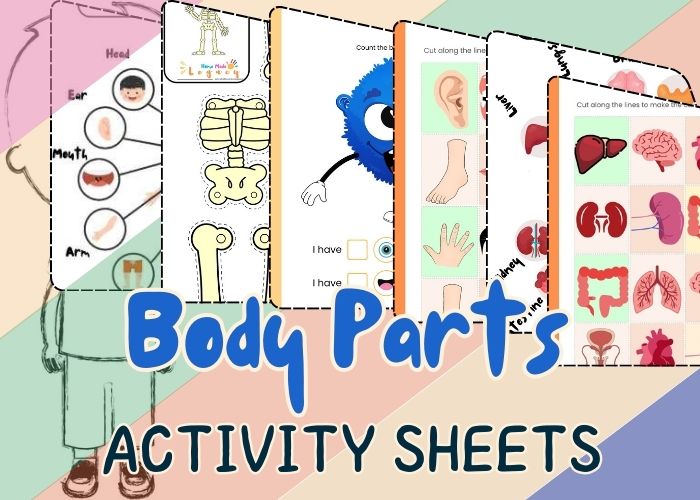
3. OUR SENSES SCAVENGER HUNT
Exploring the five senses is a great way to introduce your child to basic body parts (eyes, ears, nose, mouth and skin)
Start by taking them on a fun treasure hunt around the house or yard.
Encourage them to look for items that make them happy, such as foods they enjoy eating, sounds they hear, smells they enjoy and textures they like to touch.
Talk to your child about how their senses help them understand the world around them and how their bodies respond to different sensations.
4. BODY PARTS MEMORY GAME
What you will need:
- Flash cards with body parts (Download this body parts memory game)
Memory games, like flashcards or match games, help children stay focused and improve their knowledge of the human body.
This could be a simple activity with flash cards of body parts. You will need pairs (two cards for each body part) to play this memory game.
5. Move and Groove
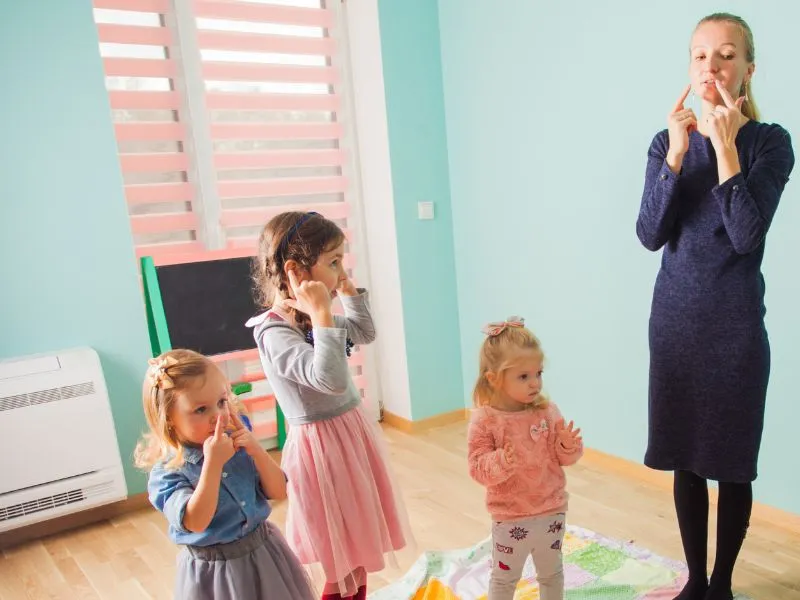
Make learning about the human body an interactive experience that involves movement.
Create a fun activity where your child can imitate different body movements, like wriggling their fingers, clapping their hands, or touching their toes.
As they move around, explain which muscles are involved in each movement. This will help kids learn about their bodies while developing coordination skills.
6. X-Ray Play
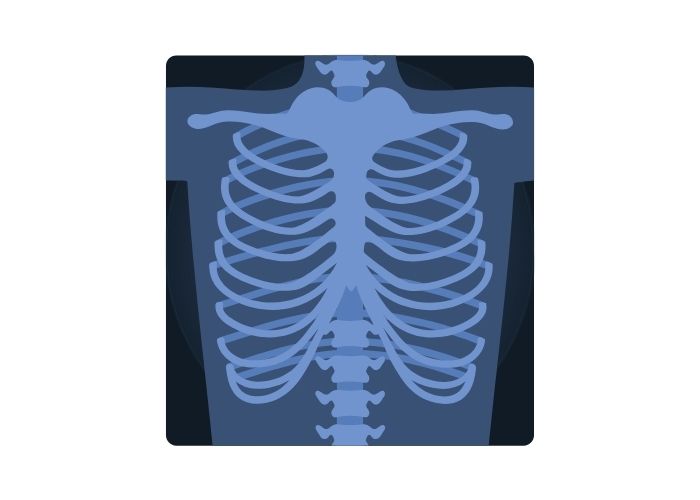
- Black craft paper or A4 sheet
- White chalk or crayons
Create basic “X-ray” images using white chalk, crayons, and black paper.
To create an X-ray image, sketch the outline of your child’s hand, leg, or other body part on black paper.
You can also talk about the concept of bones and how they support and give structure to our bodies. This hands-on approach helps explain the inner workings of our bodies in a visually engaging way.
7. Full Body Tracing
What you need:
- A large piece of plain craft paper or butcher paper
- A pencil or a pen
- Crayons or paint set
Full-body tracing is another fun activity that helps your child develop a better understanding of the body.
Put a large piece of paper down on the floor and ask your child to lie down. Use a pencil to lightly sketch your child’s contours to create a life-sized model of their body.
After the design is complete, ask your child to draw the details, such as eyes, nose, mouth, and more body parts, using crayons or paint.
They can see their own bodies and understand the concept of body proportions.
8. Healthy Snack Creations
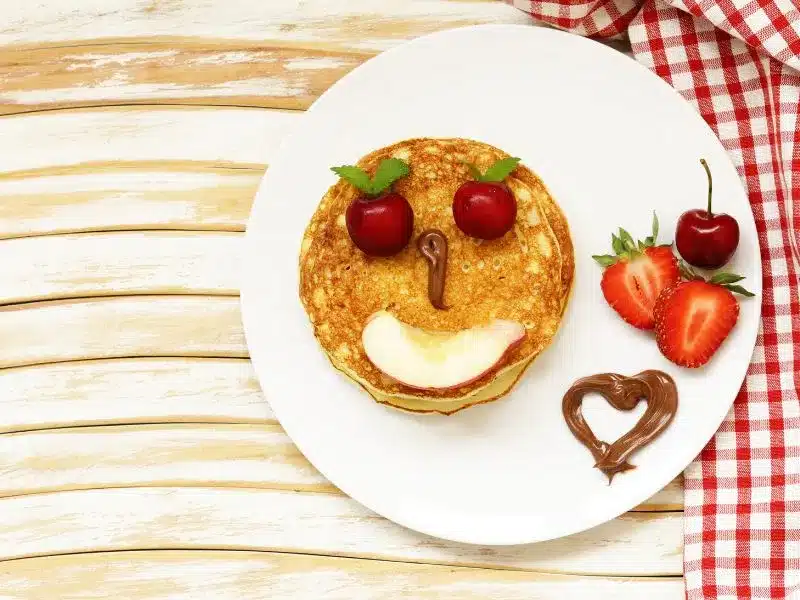
Turn snack time into an opportunity to teach your kids the importance of a healthy diet.
Create a face on your plate by mixing and matching different fruits and veggies.
Talk to them about how different types of food help keep your body strong and healthy. Not only does this activity encourage healthy eating habits, but it also helps them understand the human body better.
9. MUSICAL BODY PARTS GAME
Create a playlist of body-part songs.
Here are some popular body part songs,
- Head, Shoulders, Knees, and Toes
- The Hokey Pokey
- If You’re Happy and You Know It
- One Little Finger
- Dem Bones
Play music and encourage your children to dance or move their body parts to the words. If a song includes hands or feet, encourage them to wave or tap their hands/feet.
This musical activity makes body part learning fun and strengthens body part terminology.
10. Imaginary Play
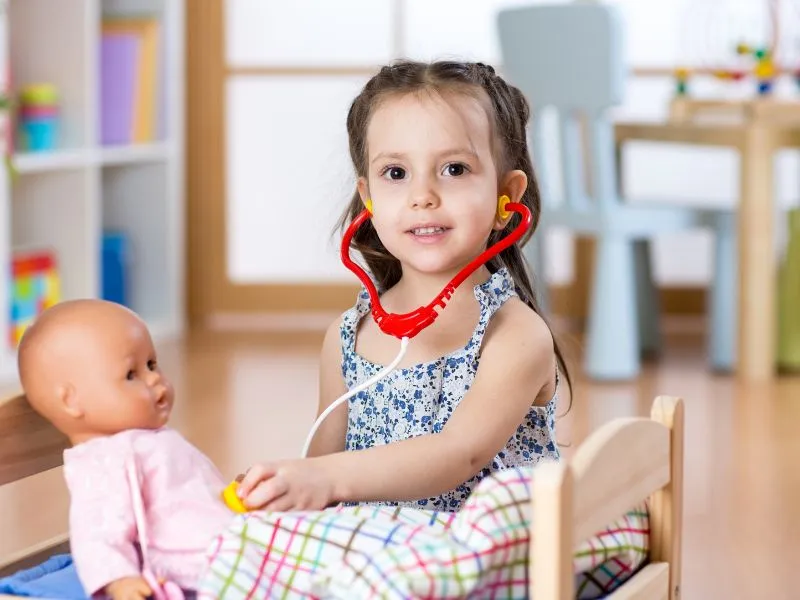
When children take on the role of a doctor, nurse or patient, they not only learn the names of the body parts, but they also gain a better understanding of their functions.
You can participate in this game as a patient and explain more about each body part and the good habits we can develop to keep our bodies healthy.
11. Modelling with Play Dough
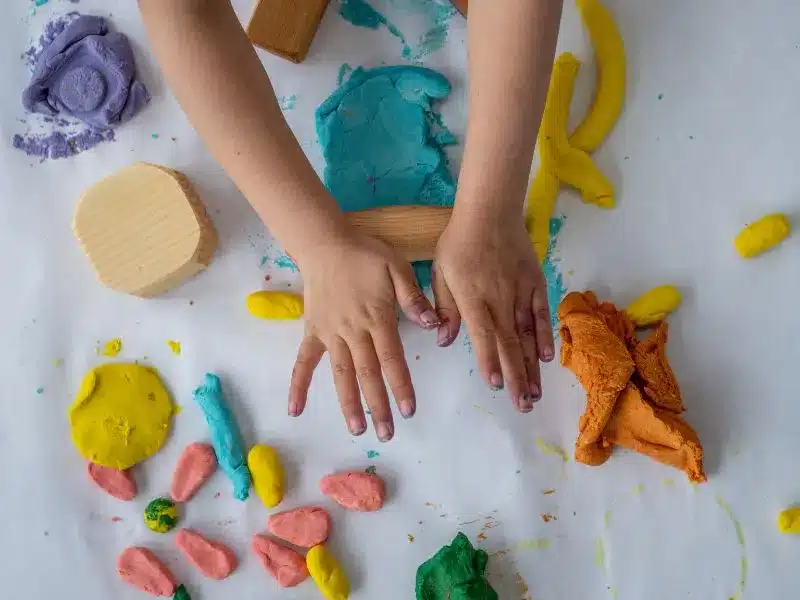
What you will need:
- Play dough
This activity makes the human body learning experience educational as well as fun for little ones.
Give them some play dough and ask them to shape their arms, legs and bodies. Talk about each body part as they make them.
This helps with perfecting fine motor skills as well as hand-eye coordination skills. This is a multi-sensory learning process.
Reading Books About Body Parts For Kids
Introducing the idea of body parts to kids through storybooks is an exciting and wonderful way to make learning fun and educational.
Illustrations and captivating characters make the learning process enjoyable. Get ready for many questions that they will throw while reading the books!
These are some recommended books to teach early lessons about human body parts for kids.
“From Head to Toe” by Eric Carle
This book gives an interactive journey through different body movements, encouraging them to mimic the actions of various animals.
“My Amazing Body: A First Look at Health and Fitness” by Pat Thomas
This informative and accessible book provides an introduction to the human body, covering topics like the senses, muscles, bones, and more.
“Inside Your Outside: All About the Human Body” by Tish Rabe
This book explores the human body in a playful and engaging manner, making it an enjoyable read for young children.
“Dem Bones” by Bob Barner
This book takes a musical and rhythmic approach to teaching kids about bones and the skeletal system. The lively illustrations and catchy text make learning about the body’s structure entertaining.
“Who Has What? All About Girls’ Bodies and Boys’ Bodies” by Robie H. Harris
This book is a gentle introduction to the concept of gender and the physical differences between boys and girls. It provides straightforward and age-appropriate information.
What Are The Benefits Of Teaching Body Parts For Kids
Let’s look at some of the benefits of teaching body parts for kids.
Language development : Children build a vocabulary that helps them express themselves more effectively
Self-help skills: It also helps children feel more self-conscious and self-reliant, which allows them to communicate their feelings and needs more effectively.
Fine motor skills: Learning to identify body parts also helps their fine motor skills and coordination skills.
Long-term health benefits: By helping children feel curious about their bodies from an early age, we are setting the tone for a lifelong love of health and care and a better understanding of their environment.
Key Takeaway
Children enjoy learning about their bodies when taught creatively and enthusiastically.
By incorporating these activities into their play time, you will be able to teach and appreciate the amazing human body.
Remember that there are many long-term benefits to learning human anatomy for kids.

Leave a Reply